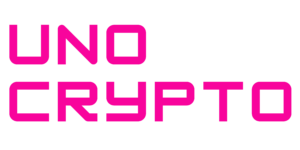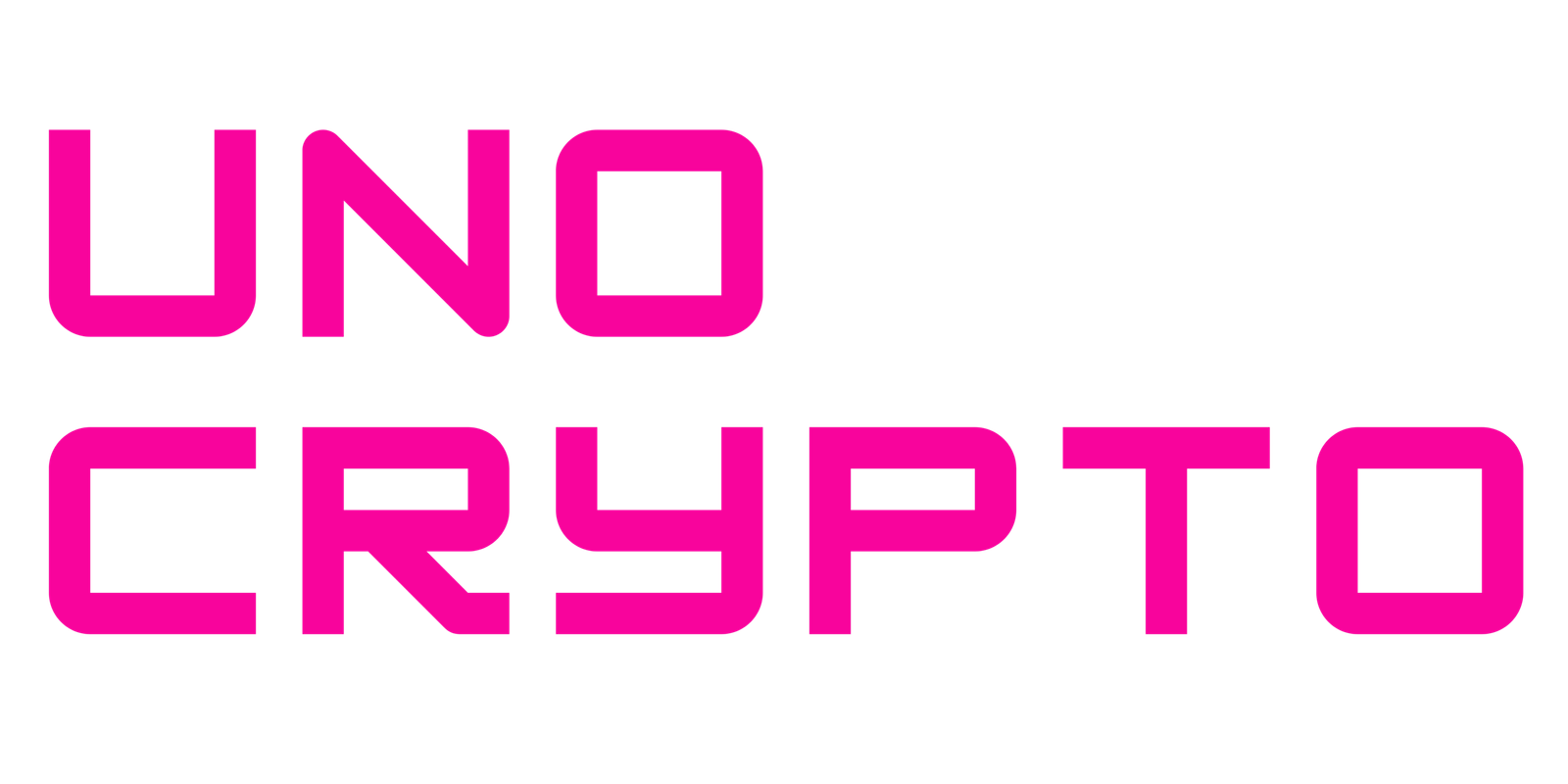Tether, the world’s largest stablecoin provider, has led a $3 million equity investment in Mansa, a Dubai-based fintech focused on solving liquidity challenges for payment companies in emerging markets. The funding is part of Mansa’s $10 million seed round, which includes both equity and debt financing, according to reports.
The Importance of the Funding
Mansa aims to revolutionize cross-border payments by providing instant liquidity through stablecoins. The company’s innovative model allows payment providers to access a revolving line of credit, ensuring seamless settlements and faster fund transfers.
With this fresh capital, Mansa plans to expand beyond Africa into Latin America and Southeast Asia—two regions facing similar liquidity constraints.
Tether’s Strategic Bet on Emerging Markets
Tether’s investment in Mansa underscores its commitment to strengthening stablecoin adoption in real-world financial use cases.
Mansa’s CEO, Mouloukou Sanoh, highlighted the significance of this partnership, stating, “Payments are moving on-chain, but for that to happen, we need on-chain liquidity. That’s why our partnership with Tether is so consequential.”
Despite competition from other stablecoins, Mansa remains bullish on Tether due to its market dominance and accessibility. While some European platforms recently delisted Tether under the EU’s MiCA regulations, USDT still controls 70% of the global stablecoin trading volume.
Its liquidity and widespread acceptance make it the preferred choice for businesses in regions with weak banking infrastructure.
Mansa’s Vision: A Stablecoin-Powered Payment Network
Founded by Sanoh and COO Nkiru Uwaje, Mansa addresses a critical problem in global payments—liquidity shortages.
In cross-border transactions, traditional payment providers face inefficiencies, high fees, and delays. These restrictions cost the $290.2 trillion global remittance sector billions of dollars per year.
Mansa solves this by offering instant pre-funding solutions. Mansa underwrites loans using real-time transaction data, as opposed to traditional lenders that need collateral.
Institutional investors, hedge funds, and DeFi platforms are its sources of liquidity. Mansa further strengthened its financial foundation by obtaining $7 million in liquidity from these sources for its seed round.
The fintech has already processed nearly $31 million in transactions since launching six months ago. Its monthly transaction volume has surged from $1.6 million in August to $11 million in January, growing at an impressive rate of 37.5%.
Mansa wants to increase its TPV run rate from its current $240 million to $1 billion this year, with access to more than $200 million in cash.
Also Read: Tether Proposes Majority Stake Of 51% Acquisition In Adecoagro Amid Regulatory Challenges
Building a Regulatory-Compliant Stablecoin Ecosystem
While stablecoin adoption grows, regulatory scrutiny remains a challenge. Mansa is proactively addressing compliance concerns by strengthening its oversight.
To spearhead its regulatory efforts, it just hired Franklin Templeton’s chief legal officer and the former head of HSBC North Asia.
Mansa ensures strict adherence to anti-money laundering (AML) protocols, Know Your Customer (KYC) and Know Your Business (KYB) checks, sanction screenings, and blockchain analytics.
The fintech is positioning itself as a trusted player in the stablecoin-powered payment ecosystem, mitigating risks associated with digital asset transactions.
Beyond Lending: Mansa’s Long-Term Play
While Mansa’s primary focus is providing liquidity, its ambitions go beyond lending. The company plans to expand into payments, foreign exchange, and transaction settlements, creating a one-stop platform for global businesses.
“We’re starting by being the primary liquidity provider to the biggest payment companies in emerging markets,” said Sanoh. “From there, we can handle payouts and offer additional services like FX. Our goal is to become an on-chain version of Stripe.”
With Tether’s backing, Mansa is poised to accelerate stablecoin adoption in high-growth markets, bridging the liquidity gap and reshaping the future of cross-border payments.
Also Read: Tether May Need To Sell Bitcoin And Other Assets To Comply With U.S. Stablecoin Regulations, Report


